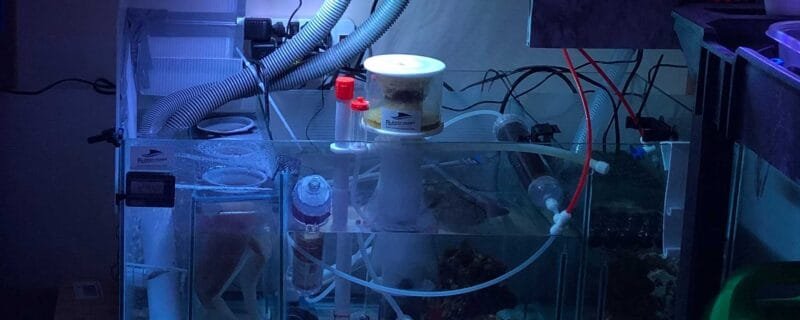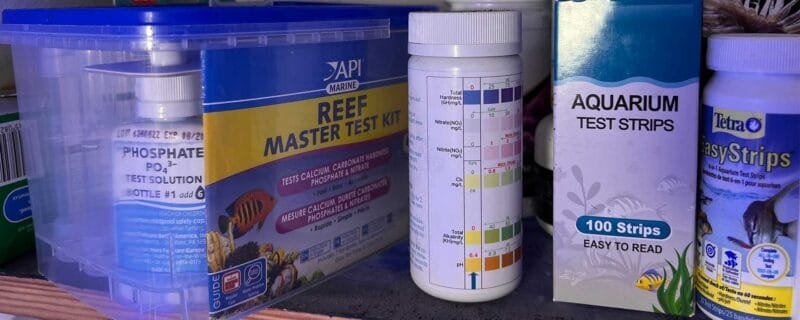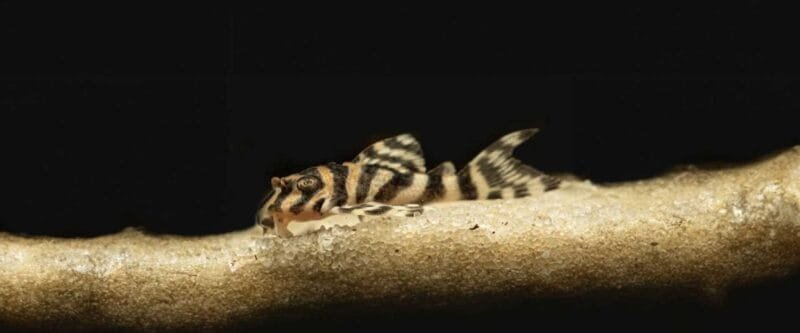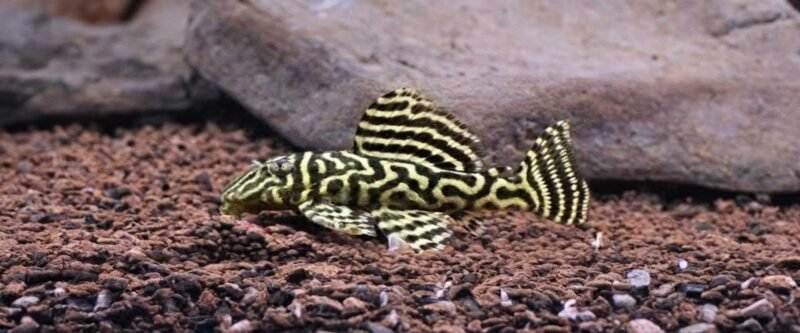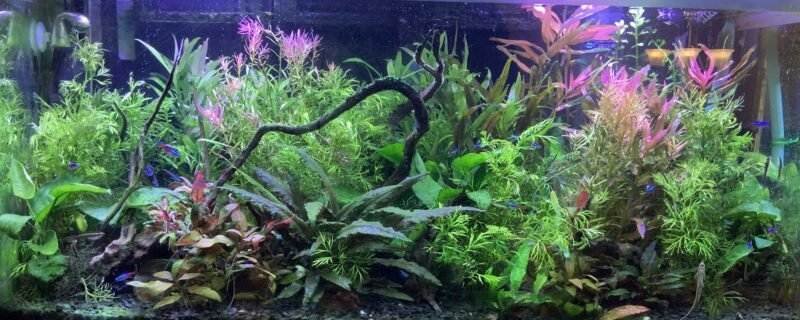Introduction
The underwater realm of aquariums is a mesmerizing world filled with vibrant fish, lush plants, and captivating marine life. However, every aquarist occasionally encounters a less welcome visitor: red slime algae, or cyanobacteria. In this blog post, we’ll delve into the world of red slime algae, exploring what it is, its origins, causes, potential harm, and, most importantly, how to eradicate it and prevent its return.
What is Red Slime Algae (Cyanobacteria)?
Red slime algae, often referred to as cyanobacteria, isn’t actually algae; it’s a type of photosynthetic bacteria that thrives in aquatic environments. This organism can appear in various colors, including red, brown, green, or even black, but it’s most commonly seen as a reddish film or mat.
Origins of Red Slime Algae
Cyanobacteria have been around for billions of years and can be found in both freshwater and marine environments worldwide. They typically enter aquariums through various means, including live plants, contaminated equipment, or even in the water used during water changes.
Causes of Red Slime Algae Growth
Several factors can contribute to the growth of red slime algae in aquariums:
- Nutrient Imbalance: Excessive nutrients, especially nitrates and phosphates, create an ideal environment for cyanobacteria to thrive.
- Poor Water Circulation: Stagnant areas in the aquarium provide a breeding ground for cyanobacteria, which often form slimy mats in low-flow regions.
- Excess Light: Overexposure to light, especially if combined with long photoperiods, can trigger rapid growth of cyanobacteria.
Is Red Slime Algae Harmful?
Red slime algae are not only unsightly but can also be detrimental to your aquarium ecosystem. They can outcompete desirable aquatic plants for nutrients, release toxins harmful to fish and invertebrates, and even disrupt the oxygen balance in the water.
Getting Rid of Red Slime Algae
Here are steps to effectively combat red slime algae:
- Improve Water Quality: Regular water changes and efficient filtration help maintain low nitrate and phosphate levels, depriving cyanobacteria of their preferred nutrients.
- Enhance Water Circulation: Use powerheads or additional pumps to create better water flow and eliminate stagnant areas.
- Adjust Lighting: Reduce the intensity and duration of lighting to limit photosynthesis and slow down cyanobacteria growth.
- Manual Removal: Gently siphon or scrape away the red slime algae during water changes, taking care not to release its spores.
- Chemical Treatments: Algaecides containing erythromycin or copper-based solutions can be effective but should be used with caution, as they may harm other aquatic life.
Preventing Red Slime Algae Return
Prevention is key to keeping cyanobacteria at bay:
- Monitor Nutrients: Regularly test and manage nitrate and phosphate levels to keep them within optimal ranges.
- Control Feeding: Avoid overfeeding your fish to prevent excess nutrients from entering the water.
- Maintain a Balanced Light Schedule: Implement a consistent lighting schedule with appropriate intensity and photoperiod.
- Regular Maintenance: Routinely clean aquarium equipment, perform water changes, and vacuum substrate to remove accumulated detritus.
Conclusion:
A Cleaner, Healthier Aquarium
Red slime algae, though a persistent intruder, can be defeated with diligence and proper aquarium management. By maintaining balanced water conditions, optimizing lighting, and practicing regular maintenance, you can create an environment where cyanobacteria struggle to gain a foothold. A cleaner, healthier aquarium awaits, allowing your aquatic friends to thrive and flourish in their vibrant underwater world.


